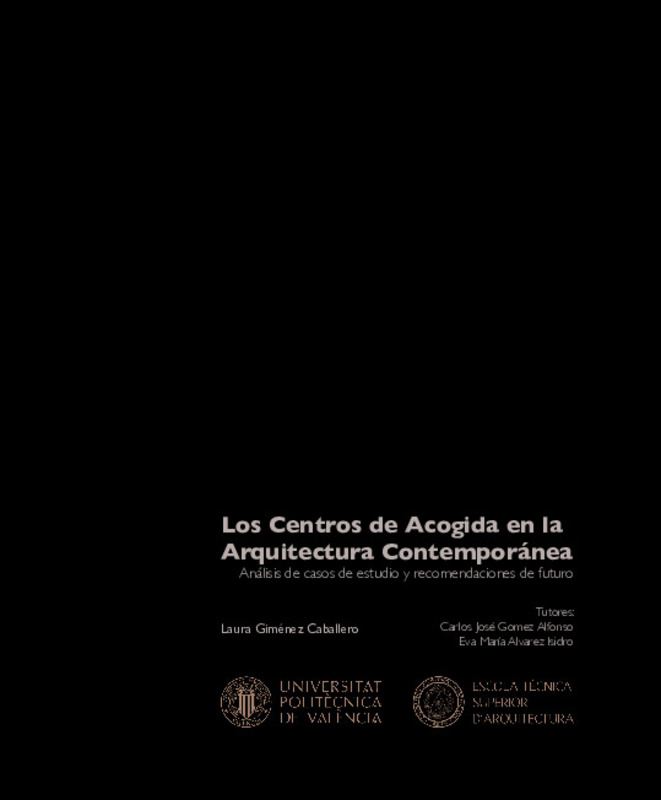|
Resumen:
|
[ES] Según datos aproximados del Ministerio de Sanidad, Servicios sociales e Igualdad y del Instituto Nacional de Estadística (INE) en 2015 existían solo en España una media de 33.275 personas que se encuentran sin hogar. ...[+]
[ES] Según datos aproximados del Ministerio de Sanidad, Servicios sociales e Igualdad y del Instituto Nacional de Estadística (INE) en 2015 existían solo en España una media de 33.275 personas que se encuentran sin hogar. De este alto número solo un 64,5% esta registrado que duermen en alojamientos de la red asistencial, lo que nos indica la importancia de la existencia de alojamientos de calidad y la necesidad de más cantidad de actuaciones para proporcionar soluciones a estas personas no solo de supervivencia, sino de ayuda completa y reincorporación a la sociedad. Este no es un problema reciente ni exclusivo de nuestro país, sino que lleva dándose en nuestra sociedad durante muchas décadas. A lo largo de los años han sido diferentes organizaciones las que se han dedicado a facilitar atención a las personas que se encuentran en necesidad y muchos los arquitectos que se han preocupado de diseñar una arquitectura que respondiera a las necesidades concretas existentes. El objetivo de este trabajo es el de estudiar como la arquitectura de carácter asistencial y en concreto los centros dedicados a la acogida de personas sin techo se ha ido desarrollando a lo largo de los años para así poder avanzar en su conocimiento y su desarrollo futuro.
[-]
[EN] According to the Spanish Ministry of the Health, Social services and equality and the National institute of statistics approximate database of 2015, at that time, there were only in Spain an average of 33.275 people ...[+]
[EN] According to the Spanish Ministry of the Health, Social services and equality and the National institute of statistics approximate database of 2015, at that time, there were only in Spain an average of 33.275 people without a place to live. Moreover, from this high figure, only 64,5% of them were registered to sleep in accommodations provided by the welfare network. This indicates not only the importance of quality accommodation but also the necessity of more proceedings to provide these people complete help to be able to re-integrate in society rather than only survival options. This is not a recent or exclusive problem of our country, our society has been suffering it already for many years with different rates depending on the country or the decade. Many organisations have been dedicated during this time to offer attention and welfare to those in need. Besides, many architects have been studying ways to design architecture capable of fulfilling the special needs required. The objective of this Project is to study how reception centres have been developed through the years with the intention to move forward in its knowledge and development in the near future.
[-]
|








